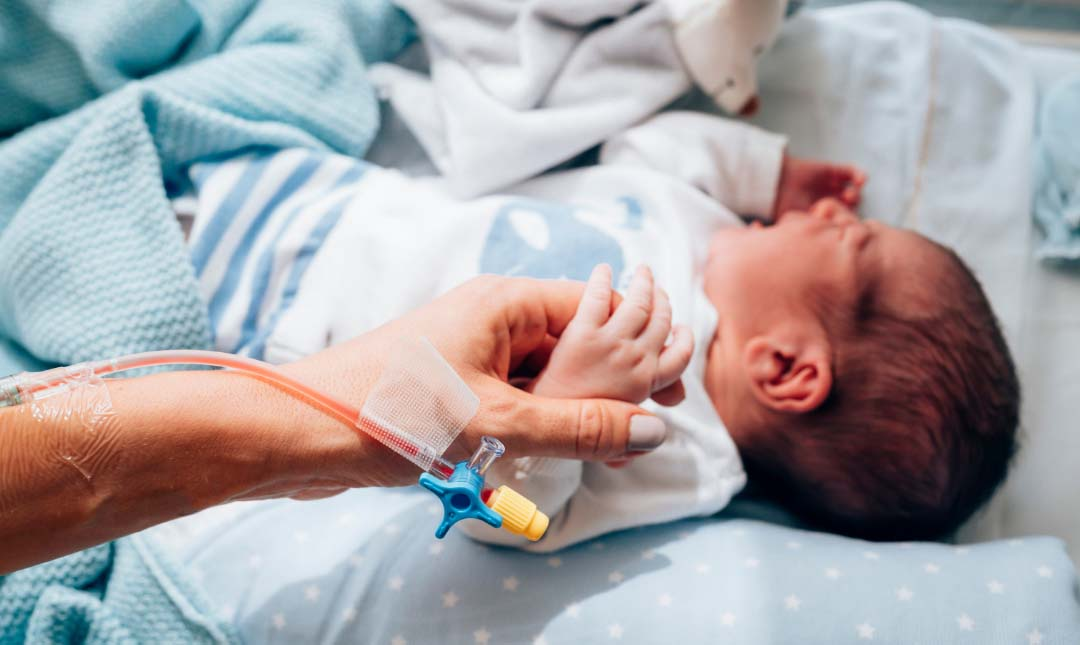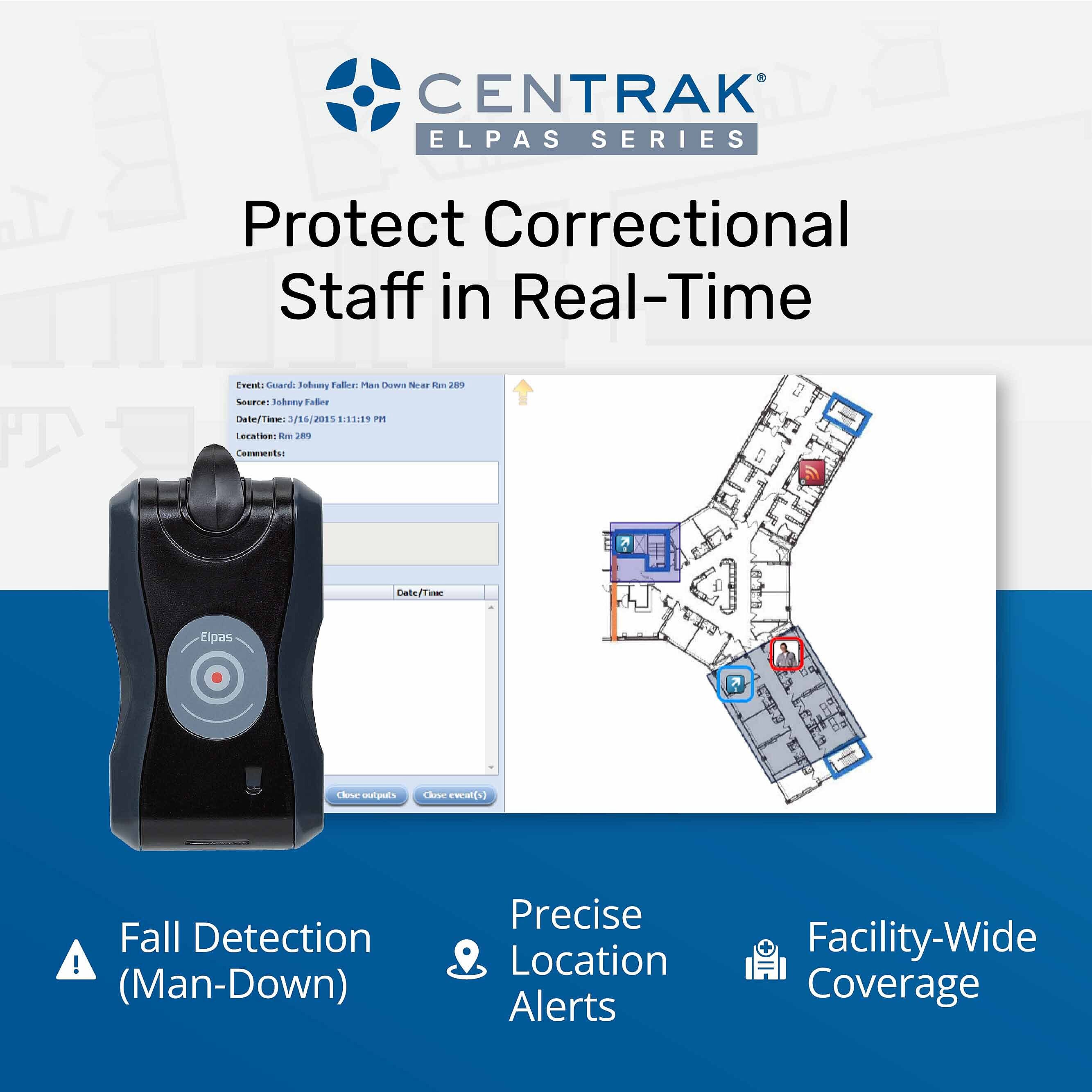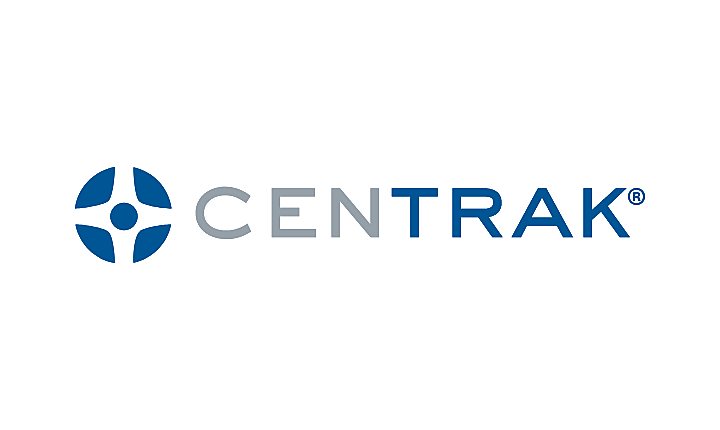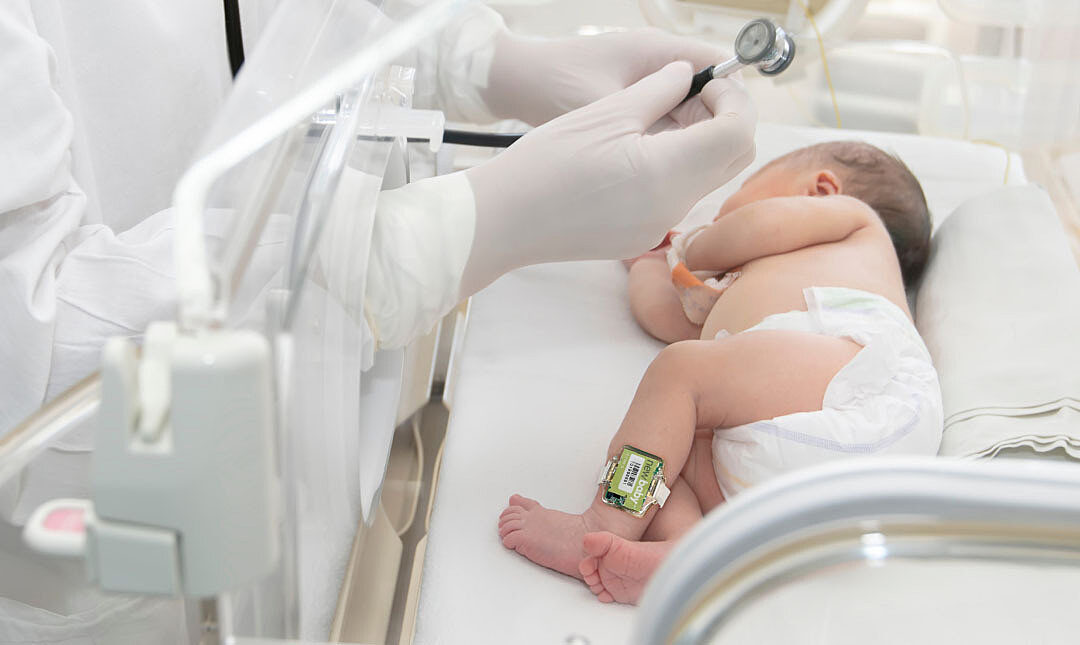Which RTLS Technologies Have the Power to Protect Infants in Our Care?

To combat the risk of a security event occurring in a hospital, many organizations equip their facilities with technology that provide peace of mind and protect their patients and staff. Real-Time Location System (RTLS) safety solutions, such as infant protection, wander management, and staff duress, use location technology to ensure patients are in approved areas. If a patient approaches a restricted area, protocols are set in motion such as immediately alerting the security team, locking doors and elevators, sounding alarms, and automatic video recording. Staff use their location-enabled badges in the case of a duress event, pushing a button and discreetly alerting security team members to their location and to send assistance.
Hospital RTLS for Infant Protection
Infants are often considered the most vulnerable patients in a hospital. An RTLS infant protection solution can be implemented to guard against abductions or being matched with the incorrect family. Once a child is born, a member of the clinical care team will attach an RTLS sensor via a comfortable and flexible band to the baby’s ankle. The sensor will alert the nursing station if the band becomes too loose or if it is cut, ensuring around-the-clock safety and protection. The baby’s sensor is paired with the parents’ RTLS wearable to ensure they are matched correctly. If an infant is brought into the wrong room, the parent’s sensor will beep and flash red. A pop-up alarm will also display and sound on the workstation user interface. Humans make mistakes, but an RTLS infant protection solution helps to automatically prevent life-altering errors.
RTLS Technology Options to Support Infant Security
Location accuracy and communication speeds are critical to the success of any RTLS safety system, especially infant protection. There are many different technologies on the market, so what should you look for?
- One factor not to be dismissed is a dedicated, supervised network: Network communications and urgent alerts must be delivered quickly and with assured reliability. By having a dedicated network (rather than relying on Wi-Fi access points or existing Wi-Fi infrastructure), you minimize the risks of outages and load on your existing network.
- Clinical-Grade RTLS: Ensure the movements and current location of infants and mothers are accurately captured and immediately communicated to the server. In an emergency situation, every second counts. You want to be sure that you can find the infant you are looking for as quickly as possible. RF-only technologies such as Wi-Fi often have difficulty meeting these requirements due to communication lag times and location “hopping” between various rooms or floors. Learn more about Clinical-Grade technologies here.
- Failover redundancy in the event of a server outage: With an infant protection system, you’ll want to ensure security door controllers will continue to operate (ability to alarm and lock doors/elevators) without network dependency.
Harness today's leading infant protection solution. Learn more at https://centrak.com/solutions/safety/infant-protection






